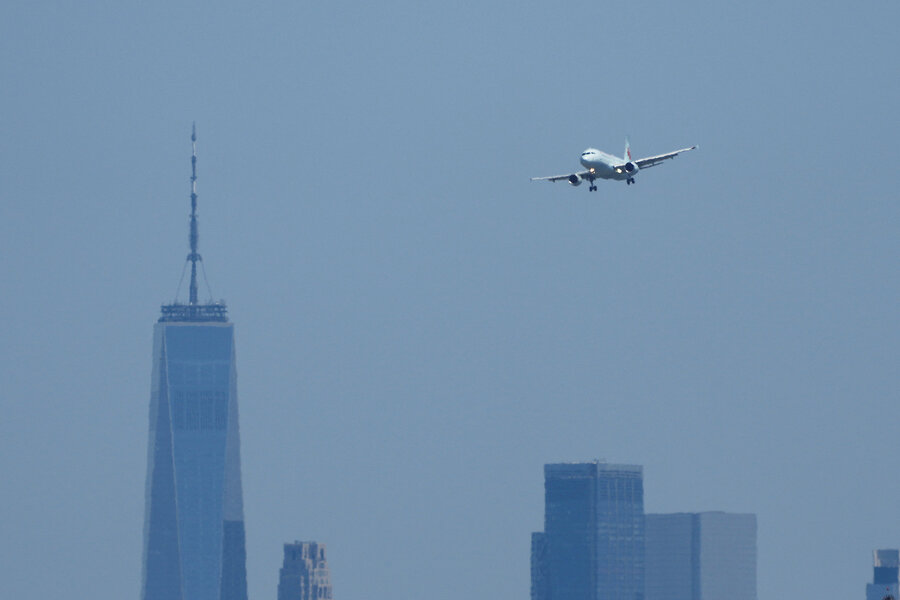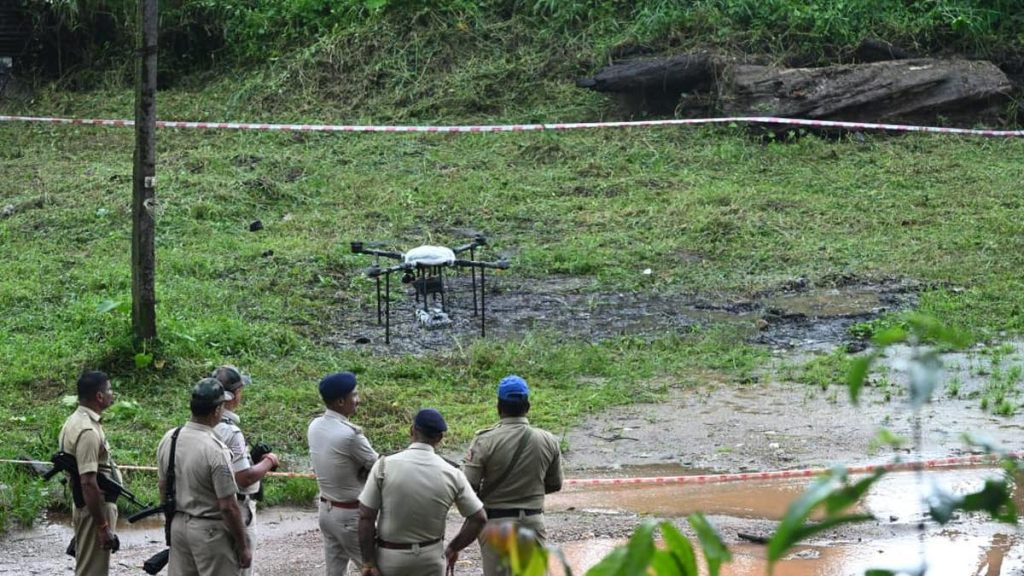Now Reading: FAA Under Pressure: Are Control Towers Ready for Summer Travel?
-
01
FAA Under Pressure: Are Control Towers Ready for Summer Travel?
FAA Under Pressure: Are Control Towers Ready for Summer Travel?

Quick Summary
- A fatal air crash in january and a recent telecommunications outage at Newark Airport have spotlighted U.S. air traffic control system challenges tied to outdated technology and staffing shortfalls.
- Transportation Secretary Sean Duffy announced a modernization plan aimed at fixing “decades of neglect,” including upgrading equipment and addressing labor shortages.
– Equipment changes include replacing old systems with updated fiber, wireless, satellite technologies; installation of airport safety systems; and constructing six new air traffic centers.
– Labor initiatives focus on streamlining the hiring process, financial incentives for trainees, and retaining experienced controllers to combat the current shortfall of 3,000 controllers.
- Safety statistics show that while occurrences are rare (four fatal incidents over nine years), parts for outdated equipment are sometimes sourced from eBay or built via 3D printers due to unavailability in markets.
- Expert opinions highlight concerns regarding simultaneous system updates while maintaining operations. Critics also stress efficient procedure redesign alongside technology upgrades as key to success.
[Image: Air traffic control tower seen from inside an airplane at Hartsfield-Jackson Atlanta International Airport.]
Credit: CSM / May 15, 2025
Cost & Timeline:
- Congress estimates modernization costs at $12.5 billion over four years; external analysts predict it might reach $30 billion.
- Training qualified controllers demands about two years per individual; logistical bottlenecks could extend timelines beyond initial projections.
Impact on Air Travelers:
Weather-related delays this summer may worsen due to mandatory slowdowns at major hubs like JFK and LaGuardia airports coupled with staffing shortages.
Indian Opinion Analysis
The reported issues surrounding U.S. air traffic control modernization underscore critical challenges faced by nations globally when balancing operational continuity during infrastructural upgrades. Such large-scale projects typically require synchronized implementation across technology improvements and workforce training-an approach echoed by Secretary Duffy’s plan. Though, reliance on temporary fixes like purchasing parts off platforms like eBay illustrates maintenance struggles inherent in aging systems long overdue for replacement.
For India-positioned as a growing hub for aviation-the case study offers actionable lessons in preemptive infrastructure enhancement before reaching crisis levels observed here.with Indian airports experiencing increasing passenger loads annually,investments into satellite-based tracking technologies akin to FAA’s NextGen plans could bolster efficiency while ensuring robust safety measures.
Moreover, ensuring adequate staffing levels through streamlined controller training programs must remain top national priorities as dependence upon skilled labor continues shaping future service reliability across India’s aviation industry.seed-stage developments abroad serve as cautionary tales worth evaluating critically-reinforcing vigilance toward long-term economic planning coupled with smarter execution cycles rooted locally within India’s civil aviation ecosystems.



























